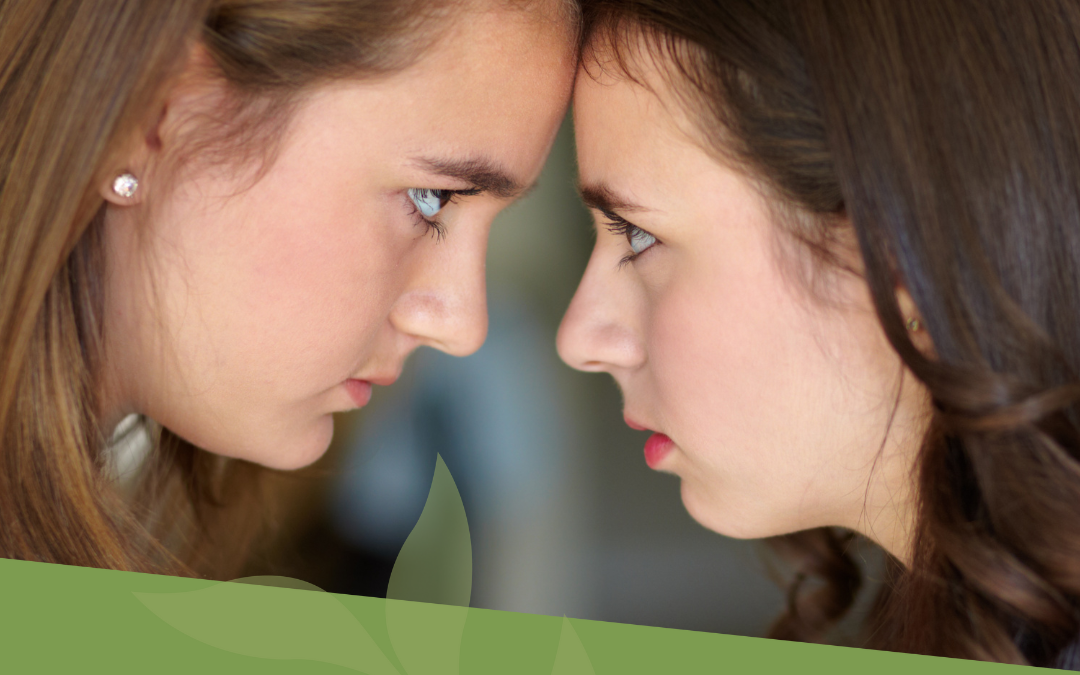Kids scrapping! Fights, taunts, teasing, arguments … if you have more than one young person in your household you will be no stranger to sibling mayhem.
You’ll also know how sibling mayhem makes you feel. The most common reactions usually fall somewhere ranging from ‘grit-your-teeth’ all the way up to ‘lose your sh*t’ …
Next minute, (from a place of frustration, anger, judgement, blame) you react. It’s not pretty!
Sure, the ‘problem’ is ‘solved’ for now. Although you’re left with feelings of lingering guilt, your rangatahi are feeling resentful and you know there will be a repeat performance sometime in the near future.
What if you could change this? How different would your family be if sibling mayhem was viewed differently?
Surprisingly, sibling mayhem does have some valuable teaching tools contained within it, and when you recognise these lessons you’ll understand that it’s not always a bad thing!
Here are four hidden benefits:
#1 Learning our Limits
Everyone holds boundaries – we use these boundaries to teach others how to treat us. It’s really important that young people learn where their own personal boundaries are and become comfortable holding them.
In the give and take of life holding our personal boundaries teaches us (and others) where our limits are.
We all need to know when to stop, for ourselves or others. If we’re stopping something we can learn to do this with dignity and respect, as a choice.
#2 Negotiation Skills
Being able to express our needs and ask for help when necessary is a handy skill. It separates leaders from followers and gives our young people a head start when they’re negotiating the challenges of teen friendships and relationships.
Sibling mayhem teaches our young people to stick up for themselves and clearly say what they need. Clarity is a blessing.
#3 Repetition is the Path to Mastery
Forgiveness aka “Letting it go” takes practice. There’s a lot to be learned through the process of letting go and trying again, this time in a different way. When our young people are guided by a caring adult these opportunities to try something new can be therapeutic and healing.
We don’t go to the gym and expect a six-pack after one session and resilience is no different. Resilience isn’t a skill we learn after one exposure, it’s a skill that requires constant life lessons to become an effective tool.
#4 You get to Change the Patterns of your Communication
When adults treat sibling mayhem as a learning opportunity they begin to think about choice. Reacting is one choice. Responding is another choice.
When adults respond with curiosity and love, conversations and patterns begin to change. Our young people soak up any new approach and respond differently. Not just to the adults in the room, but to their siblings also.
Where Adults Need to Step in
Teaching our young people how to manage conflict is where our focus needs to be. It’s important for home to be a place where everyone feels equally safe and secure.
It’s time to step in when sibling mayhem:
- Follows a repeating pattern that has one child at a constant disadvantage
- Results in anger to the point of violence
- Creates escalating levels of sibling mayhem
While it’s wonderful to have a harmonious home, life is never still. A harmonious, no-conflict home can quickly become a boring, no-growth comfort zone.
Conflict, managed well, grows us. Guiding our young people and teaching them how to manage conflict gives them a distinct advantage in their interpersonal skills and emotional intelligence which will let them step into their lives with kindness and compassion, confident in their own abilities to cope with the unexpected challenges of life.
For conflict management tools you can apply to your family use this link. For processing your experiences of sibling mayhem for the purpose of understanding the patterns of your childhood programming so you can show up differently, click here.

